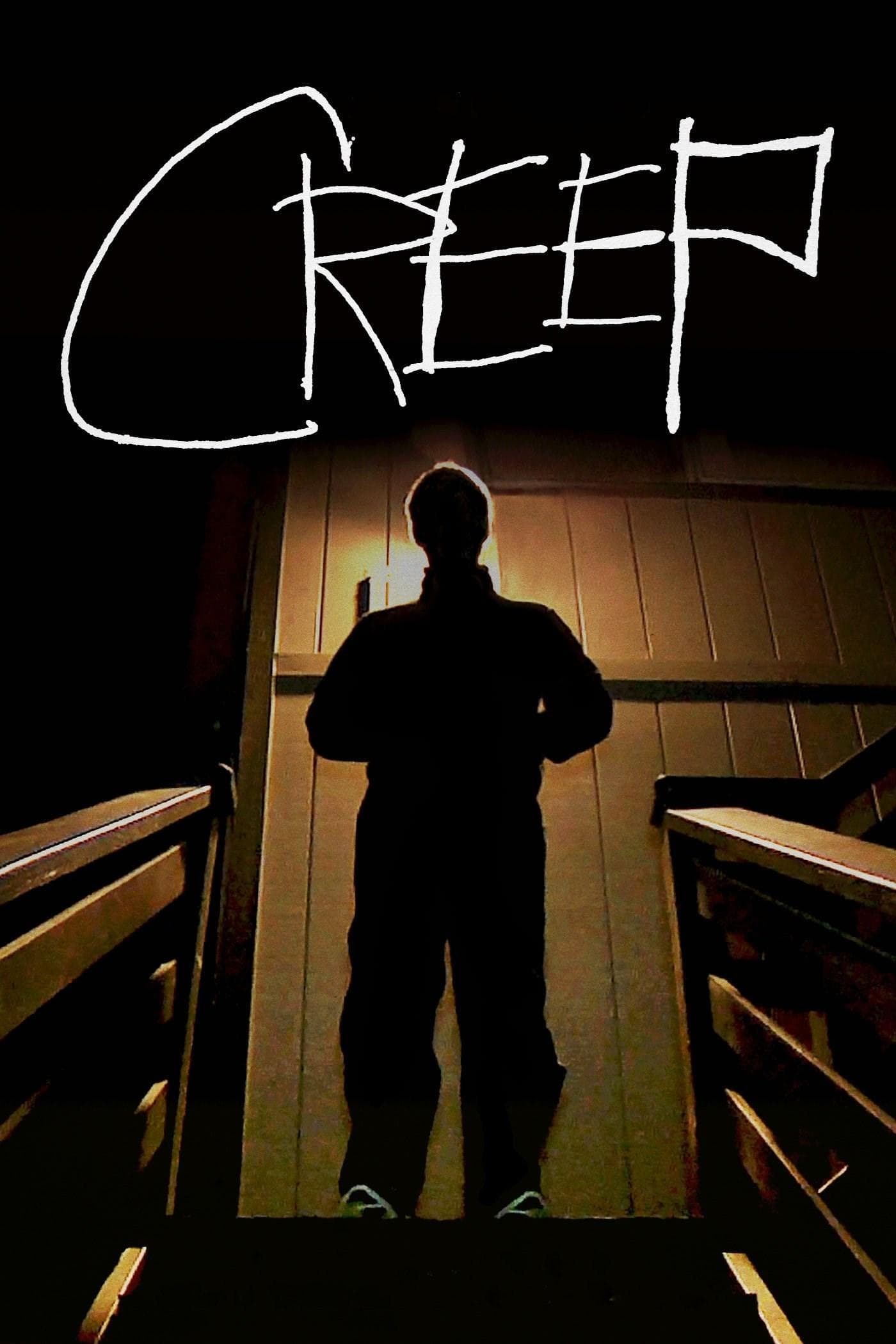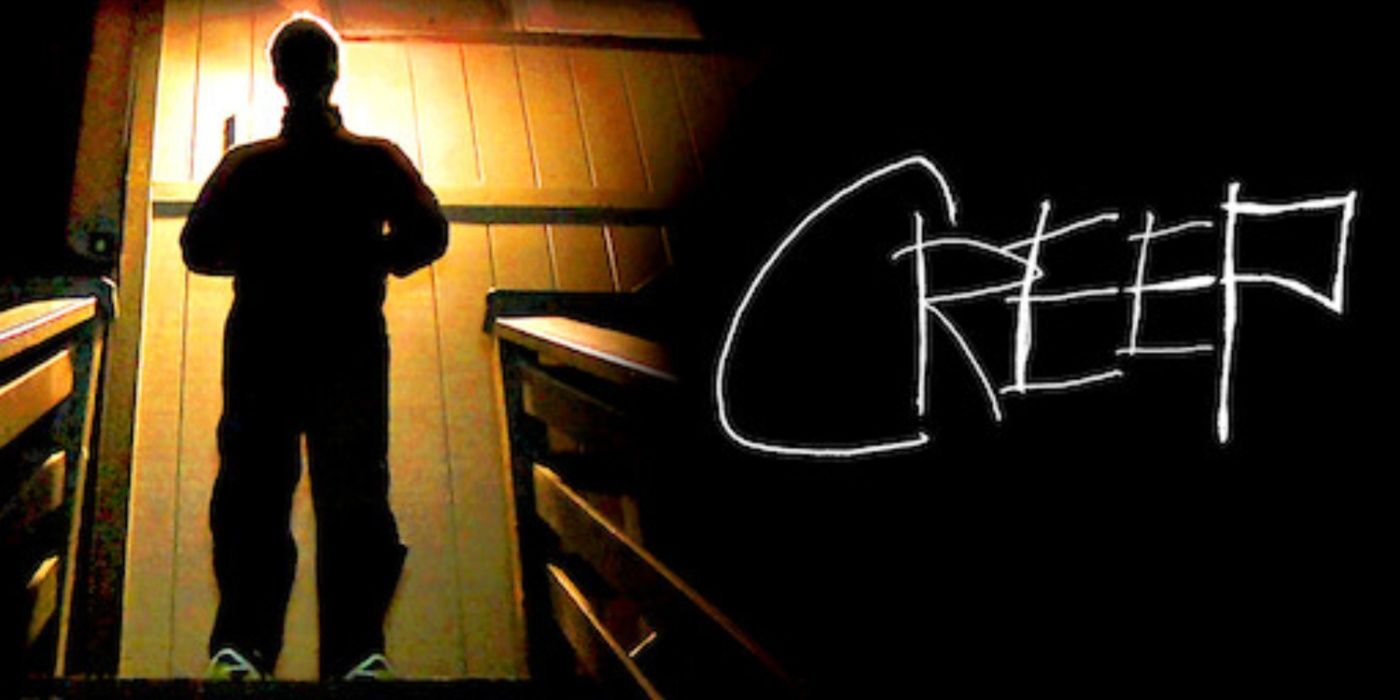Sometimes, a quiet feeling of unease can tell you a lot. It’s that little voice, that tiny shiver, when something just doesn’t feel right. This feeling often comes up when we think about a “creep,” someone who makes us uncomfortable. But what if this “creep” is actually a “con” artist? What if the discomfort is a warning sign of a slow, steady deception unfolding right before our eyes? So, it’s almost like a quiet alarm bell ringing.
The word "creep" itself holds many layers of meaning, you know. It makes us think of the famous song by Radiohead, a song that speaks of feeling out of place and wishing for something more. That song, “Creep,” came out in 1992, and it really captured a raw feeling of insecurity and longing. It was the debut single from their album, ‘Pablo Honey,’ and it became a truly iconic track, even if radio stations were a bit slow to play it at first.
But beyond the song, the word "creep" also describes a slow, quiet movement, like someone trying not to be seen. It can also mean a material slowly changing shape under constant pressure. These different ideas of "creep" can, in a way, help us see how a "con" artist works. They often move slowly, quietly, and cause a gradual change in trust, very much like that material under stress.
Table of Contents
- The Subtle Dance of Deception: What is a "Creep" Con?
- The Con Artist's Playbook: A Slow, Steady Approach
- Recognizing the Signs: How to Spot a "Creep" Con
- Protecting Yourself: Stepping Away from the "Creep" Con
- FAQs About the "Creep" Con
- The Enduring Impact of Deception
The Subtle Dance of Deception: What is a "Creep" Con?
More Than Just a Word: The Many Sides of "Creep"
When we hear the word "creep," many things might come to mind, you know. For music lovers, it’s often Radiohead’s famous song. This song, “Creep,” truly captured a feeling of not fitting in, a deep sense of longing, with lyrics like “When you were here before / couldn't look you in the eye / you're just like an angel / your skin makes me cry / you float like a feather / in a beautiful world / i wish i was.” It speaks to a raw expression of insecurity, a feeling that someone might experience when they feel very different from others. This track became one of rock music’s most iconic songs, and it was released way back in 1992.
Beyond the song, the word "creep" also means to move along with the body low to the ground. It means to move slowly, quietly, and very carefully. This kind of movement is usually done to avoid being noticed, so it’s almost like a hidden motion. It’s a very specific way of getting from one place to another without drawing attention.
Then, there's another meaning, which is a bit more scientific, actually. "Creep" describes how a solid material might slowly change its shape. This happens when it's under stress for a long time. It's not a sudden break, but a gradual deformation, a tiny bit at a time. This change can be seen in materials that are exposed to constant pressure, like a metal beam slowly bending over years.
How These Meanings Connect to a "Con"
So, how do these different ideas of "creep" relate to a "con" artist, you might wonder? Well, a con artist often moves very slowly and quietly, just like the physical meaning of "creep." They don't usually jump out and demand things right away. Instead, they take their time, building a connection, making sure they are not noticed as a threat. This slow approach helps them get closer without raising any alarms, so it's a very subtle way they operate.
And then there's the idea of material "creep," that slow change under stress. A con artist causes a similar kind of gradual deformation, but it’s a deformation of trust. They apply a steady, subtle pressure on a person's emotions or hopes. Over time, this pressure can slowly change how someone thinks and feels, making them more open to the con artist's suggestions. It's a bit like wearing down resistance, very slowly.
The Con Artist's Playbook: A Slow, Steady Approach
Building a Web of Trust, Bit by Bit
Con artists, or those who "creep" their way into trust, typically start with small, seemingly harmless steps. They might just strike up a casual conversation, perhaps offering a kind word or a small piece of advice. This initial contact is usually very innocent, designed to seem like a friendly gesture, you know. They are just trying to get a foot in the door, so to speak.
After that, they often offer small favors or share personal stories that make them seem relatable. They might remember little details about you, making you feel special and heard. This helps them build rapport, a feeling of shared understanding, little by little. It's a slow process of getting you to feel comfortable with them, almost like planting tiny seeds of connection.
In many ways, a con artist tries to appear "just like an angel," a phrase from Radiohead’s song “Creep.” They put on a facade of being helpful, charming, or even vulnerable. This makes them seem trustworthy, someone you can rely on, or someone who needs your help. This angelic appearance is a key part of their strategy, making it hard to see their true intentions, apparently.
The "Stress" That Causes Change: Exploiting Vulnerabilities
A con artist looks for specific vulnerabilities, much like how materials have weak points where "creep" can happen. They might sense insecurity or a deep longing in a person, feelings that are very much present in the lyrics of Radiohead’s "Creep." Perhaps someone feels lonely, or they wish for more success, or they are just a bit unsure about things. These emotional spots are where the con artist can apply their pressure, very gently at first.
They might pick up on financial worries, dreams of quick wealth, or even a need for emotional support. If someone is under financial pressure, for example, the con artist might offer a way out that seems too good to be true. If someone needs a friend, the con artist might become that friend, but with hidden motives. These needs act as points of stress that they can work on, so to speak.
The feeling of "your skin makes me cry" from the song can, in a way, describe the emotional toll a con artist takes. It’s a feeling of being overwhelmed, or perhaps feeling exposed and vulnerable. This slow wearing down of a person's emotional defenses, making them feel isolated or dependent, is a key part of the con. It's a very subtle kind of manipulation, really.
Recognizing the Signs: How to Spot a "Creep" Con
Behavioral Clues: What to Watch For
One clear sign of a "creep" con is when someone offers things that sound too good to be true. They might promise huge returns on an investment with no risk, or they might guarantee a solution to a long-standing problem that seems impossible. If something feels like a miracle, it often isn't. You should always be a bit careful when promises seem too perfect, you know.
Another common tactic is to rush you into making decisions. They might say an opportunity is "limited time only" or that you need to act "right now" to avoid missing out. This creates a sense of urgency, which can stop you from thinking clearly or asking questions. They want you to decide quickly, before you have time to look things over, so that’s a big red flag.
Con artists also often try to isolate their target. They might suggest you keep your dealings a secret, or they might make you feel like others don't understand your "special" opportunity. This makes it harder for you to get a second opinion from friends or family. They want to be the only voice you hear, which is a bit unsettling, really.
Emotional Red Flags: Trust Your Gut
Beyond actions, pay attention to your own feelings. If you have a persistent feeling of unease or discomfort around someone, even if you can't quite explain why, that's a signal. Your gut feeling is often a good guide, and it's worth listening to. It’s like a quiet warning, you know, telling you something might be off.
If someone pressures you to keep secrets, especially about money or deals, that's a very strong warning. Healthy relationships don't usually involve hiding things from loved ones. This pressure to be secretive is a way for the con artist to control the situation and prevent others from seeing what's happening. It’s a bit like being pulled into a private world that only they control.
An unexplained discomfort, a feeling that something is just not right, even if you can't put your finger on it, is also important. This might be a subtle sign that your mind is picking up on small inconsistencies or strange behaviors. Don't dismiss these feelings; they are your inner alarm system working, apparently. It’s just a little nudge to be more watchful.
Protecting Yourself: Stepping Away from the "Creep" Con
Practical Steps for Safety
The first step to protect yourself is to always verify information. If someone makes a big claim or offers an amazing deal, take the time to check it out independently. Don't just trust what they say. Look up their claims, check company names, and search for reviews. This simple step can save you a lot of trouble, so it’s really important.
Talk to others about what's happening. Share the details of any offer or request with a trusted friend, family member, or even a financial advisor. A fresh pair of eyes can often spot things you might miss, especially when you're emotionally involved. Getting an outside view is a very good idea, as a matter of fact.
Never rush into anything, no matter how urgent they make it sound. Take your time to think, research, and discuss. A legitimate opportunity will still be there tomorrow. If someone tries to force a quick decision, it's almost always a sign that something is wrong. You have every right to take your time, you know.
To learn more about scam prevention strategies on our site, you can visit our homepage. We have a lot of useful information there, really.
Building Resilience: Not Letting Them "Creep" In
Setting clear boundaries is a powerful way to protect yourself. Decide what you are comfortable with and stick to it. If someone pushes those boundaries, that's a sign they don't respect your wishes. It's okay to say no, and it's okay to end a conversation or a relationship if you feel uncomfortable. Your personal limits are very important, you know.
Trusting your instincts is also key. If something feels off, even if you can't explain it, pay attention. Your gut feeling is a powerful tool for sensing danger. It's better to be safe than sorry, and listening to that inner voice can guide you away from trouble. It’s a very natural way of keeping yourself safe, apparently.
Knowing when to say no, and actually saying it, is a vital skill. You don't owe anyone your money, your time, or your trust if you feel pressured or uneasy. Saying "no" firmly and clearly can stop a con artist in their tracks. It’s your right to protect yourself, and it’s a very strong step to take, too.
We have more information on this page understanding deceptive tactics. It might help you spot these things even faster, you know.
FAQs About the "Creep" Con
What makes someone a "creep" in the con sense?
Someone becomes a "creep" in the con sense when they use subtle, slow, and often hidden methods to gain trust. They do this with the goal of tricking or taking advantage of another person. It's not about being openly aggressive, but rather about a quiet, steady approach that aims to manipulate over time. They are, in a way, very good at being unnoticed as they work their plan.
How do con artists slowly gain trust?
Con artists gain trust slowly by building a fake sense of connection. They might listen to your problems, offer small favors, or share seemingly personal stories to make you feel like they understand you. This process is very gradual, like a slow deformation of your natural caution. They make themselves seem like a good friend or a helpful expert, so you naturally start to trust them, you know.
Can you really spot a con artist before it's too late?
Yes, you often can spot a con artist before it's too late, but it takes awareness and a willingness to trust your feelings. Look for signs like promises that seem too good, pressure to act quickly, or requests to keep things secret. Listening to your gut feeling, verifying information, and talking to trusted people can help you see the danger before you are fully caught in their web. It’s about being watchful and not letting them "creep" too far into your life, you know.
The Enduring Impact of Deception
The idea of a "creep" con truly shows how deception can work in a slow, quiet way. It’s not always a sudden, loud event, but often a gradual wearing down of trust and good judgment. Just like the slow movement or the material changing shape under stress, a con artist works little by little to achieve their aims. Staying aware of these subtle signs is very important.
Being watchful and trusting your inner feelings are your best tools against these kinds of slow, hidden tricks. Remember, if something feels off, or if someone is pushing you too hard, it’s always wise to step back and think. Protecting yourself means being ready for the slow, quiet approach of those who wish to deceive. You can learn more about common scams and how to report them by visiting the Federal Trade Commission Scams website, you know. It’s a good place to get more information, really.



Detail Author:
- Name : Ayden McDermott DDS
- Username : hills.arielle
- Email : summer80@kessler.com
- Birthdate : 2002-02-12
- Address : 8837 Watsica Corners Apt. 228 East Adan, AK 83655-2445
- Phone : 201-555-4707
- Company : McDermott-Harber
- Job : ccc
- Bio : Ab accusantium molestiae itaque laboriosam ut aut fugiat. Quam dolorem numquam sed soluta et animi aut.
Socials
tiktok:
- url : https://tiktok.com/@schumm2025
- username : schumm2025
- bio : Tenetur dolor consequatur consectetur voluptate et numquam.
- followers : 5288
- following : 1765
twitter:
- url : https://twitter.com/ewell_real
- username : ewell_real
- bio : Harum in assumenda alias. Neque accusantium doloremque doloribus enim voluptatem fuga. Quas sit cupiditate nesciunt aut dolores fugiat laborum.
- followers : 4228
- following : 1530



























